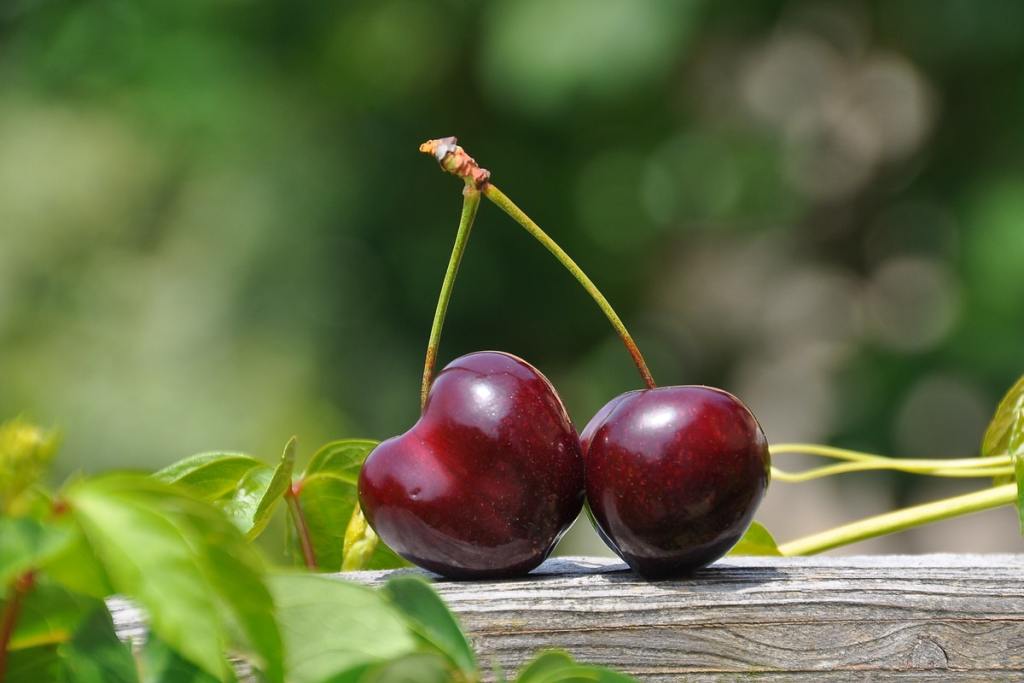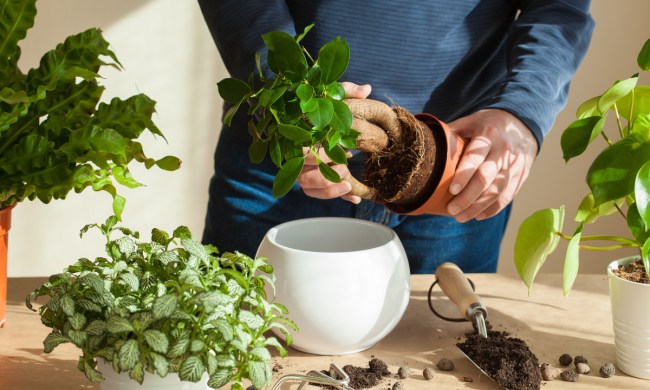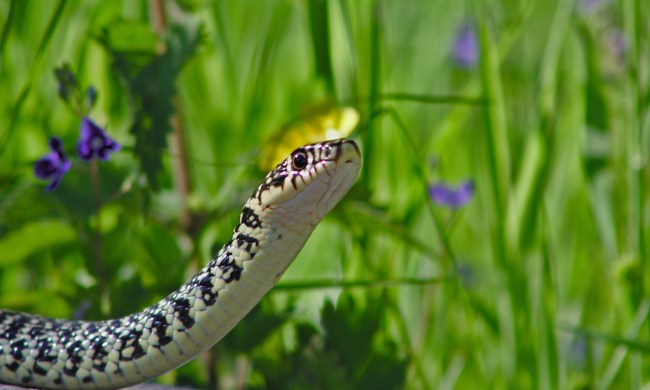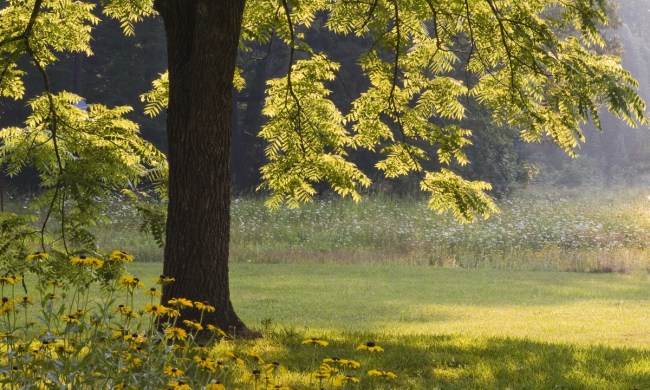Defined by cold winters and a medium-length growing season, climate zone 5 is one of the chillier hardiness zones in the United States, but that doesn’t mean you can’t grow robust foliage and crops in it. As it consists of primarily northern states, gardeners in this region often experience snow and subzero temperatures come wintertime. But with mindful plant selection, physical covers and due diligence about frost, you can raise happy perennials in zone 5.
If you’re wondering which plants you can grow in this area and how to grow them, keep reading ahead for all the details.

Where is climate zone 5?
Before we get into where climate zone 5 is and what its conditions are like, let’s talk about what a climate zone actually is. The United States Department of Agriculture developed the Plant Hardiness Zone Map to divide the country into 13 regions based on annual minimum temperature ranges. While these generalized zones can’t account for every microclimate, knowing your average minimum temperatures can help you determine if a plant will survive in the winter for you. When you buy a plant, the label or description will usually say where your plant is perennial — this just means that your plant will last more than one growing season there. Annuals, on the other hand, will only last one growing season.
For the most part, zone 5 consists of northern states, although it technically encompasses 32 states. On the map, it moves down from Washington to Idaho, stretches across Kansas and other Midwest states, and goes northeast to states such as Michigan and Maine. Zone 5 features a cold northern climate where annual minimum temperatures range between -20 and -10 degrees Fahrenheit. Winters are typically snowy, but the snow can shelter plants from the cold temperatures. While it has a medium growing season, zone 5 is habitable for many plants as long as you plan around frost dates and protect your foliage in cold weather.
Zone 5 flowers and foliage
Zone 5 can be chilly, but that doesn’t mean you can’t grow beautiful flowers and foliage if you live there. Many flowers are perennial in zone 5, including lilies, lavenders, delphiniums, and hollyhocks, all flowers that attract pollinators that help out with other plants, especially fruit trees. Foliage plants that do well in zone 5 include ferns, coral bells, and hostas, all of which can thrive in partial shade as beautiful groundcover.

Zone 5 fruit trees
Many fruit trees rely on a cold period to produce flowers and fruits in warmer weather, so zone 5’s chilly winters can benefit such plants. Fruits that do well in zone 5 include plums, apples, pears, figs, and cherries. When planting your fruit trees, keep them in an area where they receive at least eight hours of light a day and don’t experience root competition from other trees. In spring, your trees should start pushing out flowers so that you have fresh harvests ready by summer or early fall.
When to start seeds in zone 5 and what vegetables to grow
The last frost date in zone 5 usually falls around mid to late April, although it can be as late as mid-May. About six to eight weeks before this date, start seedlings indoors to transplant outside in April or May. Since zone 5 is a cool region, many vegetables can thrive in it during the spring and summer until the first frost date, which is usually around mid-October.
In the spring, onion and celery are some of the first plants that you can grow in zone 5. Cold-tolerant leafy greens, such as kale, spinach, and lettuce, can also withhold light spring frosts in this region. Keep an eye out for local frost warnings around autumn. When it gets too chilly, what you’ll want to do is install hoop tunnels and raised beds to extend your growing season for a while longer.
Nourishing a vigorous zone 5 garden is very possible. From delightful delphiniums to hardy hostas, you’ll be able to create a lovely cottage garden with a wide range of flower and groundcover options. Looking to harvest edible fruits and veggies? Invest your energy towards fruit trees that appreciate a cold period to blossom, such as pears and apples. Most veggies will also appreciate the mild temperatures in this region. With an eye on the frost dates and some protective measures, enjoy beautiful foliage and delicious harvests with relative ease.



